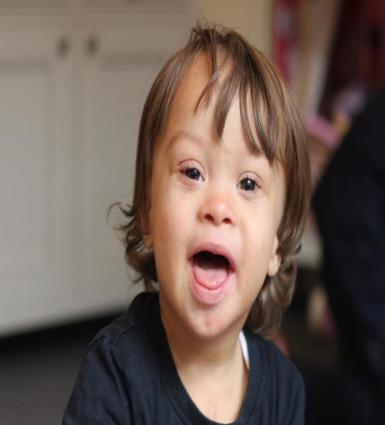- Home
- DOWNS SYNDROME
Features
The obvious characteristics of Down syndrome include:
- A round face with a flat profile and small nose and mouth
- A large tongue that may protrude from the mouth
- Almond-shaped eyes with skin that covers the inner eye
- White flecks in the colored part of the eyes
- Small ears
- A small head that's somewhat flat in the back
- Short neck
- Small feet with a larger than normal space between the big and second toes
- Short, stocky build: At birth, children with Down syndrome usually are average size, but tend to grow at a slower rate and remain smaller than other kids their age. It's also common for people with Down syndrome to be overweight.
- Low muscle tone: Infants with Down syndrome often appear “floppy” due to a condition called hypotonia. Though hypotonia can and often does improve with age and physical therapy, most children with Down syndrome typically reach developmental milestones—sitting up, crawling, and walking—later than other kids. Low muscle tone may contribute to feeding problems and motor delays. Toddlers and older kids may have delays in speech and in learning skills such as feeding, dressing, and toilet training.
Speech therapy: Children with Down syndrome often have small mouth and slightly enlarged tongues—features that can make it hard for them to speak clearly. These problems can be made worse in children with hypotonia because low muscle tone can affect the face. Hearing loss also can affect speech development. With speech therapy, a child with Down syndrome can learn how to overcome these obstacles and communicate more clearly with the help of speech and language therapy.

